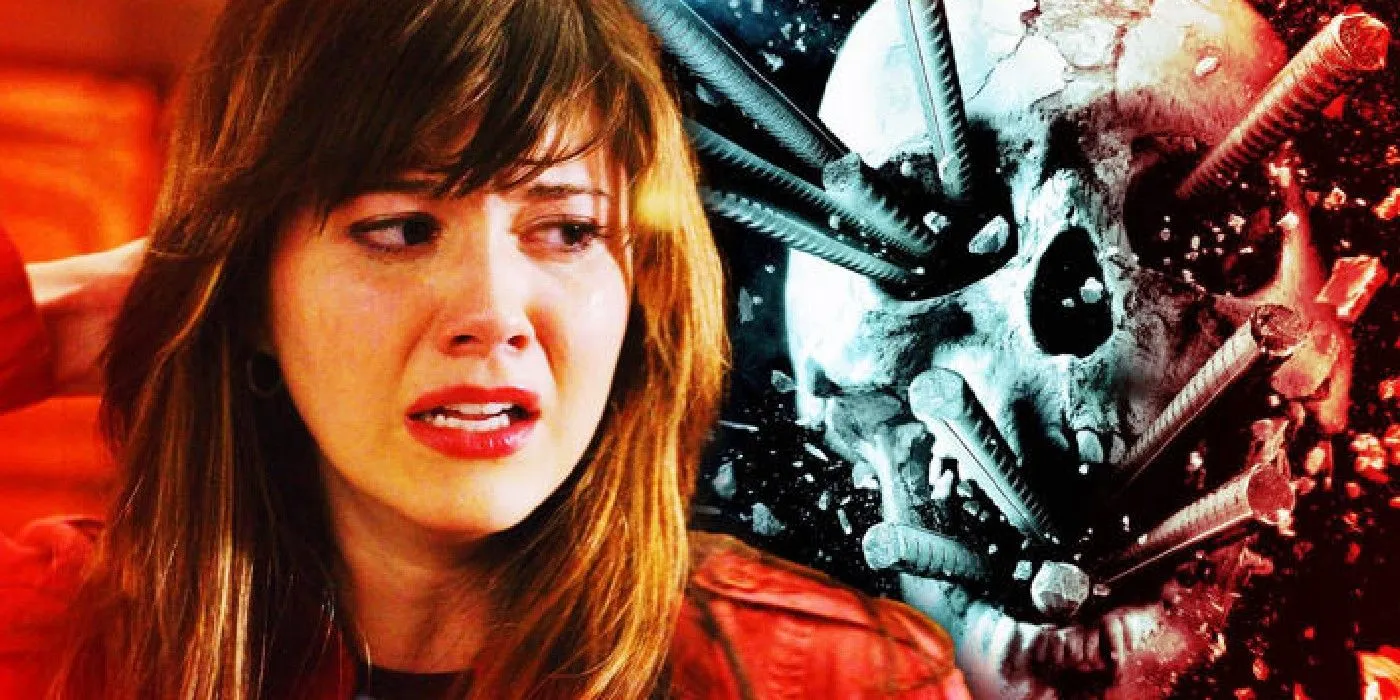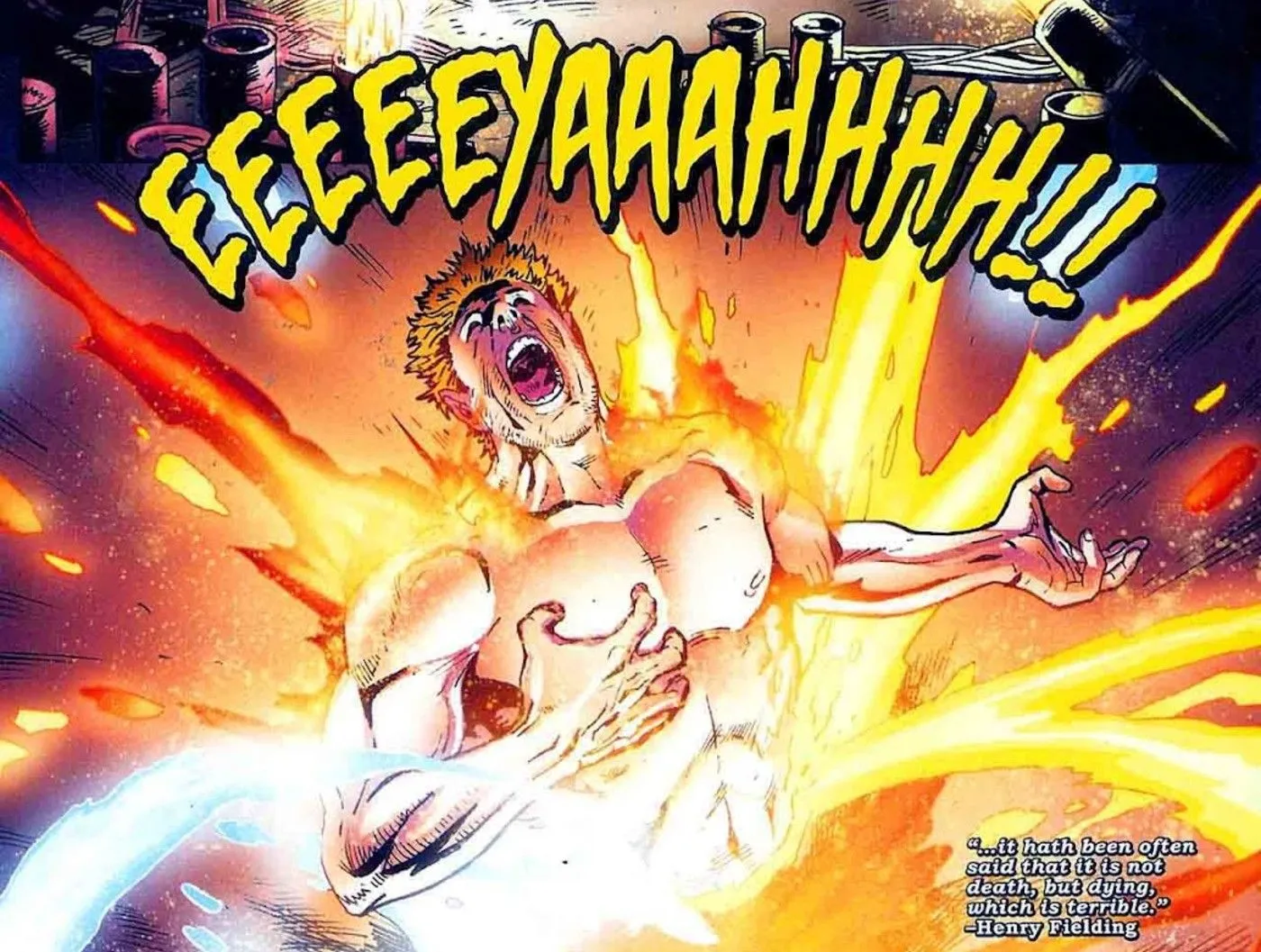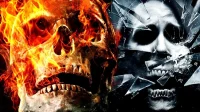Final Destination: Bloodlines – A Fresh Spin on Franchise Lore
Set to release on May 16, Final Destination: Bloodlines promises to significantly reshape the existing lore of the beloved horror franchise. A central theme hinted at in this upcoming installment is the concept that all premonitions of death from previous films may stem from a single individual. This notion suggests that a curse has been handed down through generations, providing a compelling explanation for why so many seemingly unrelated characters have predicted their own demise. Such an explanation could reveal the intricate reasons behind the characters’ ability to deviate from the predetermined path laid out by Death.
https://www.youtube.com/watch?v=UWMzKXsY9A4
Challenging the Concept of Death in Final Destination
The enigmatic force that haunts characters in Final Destination might not actually be Death itself. Historically, the franchise has maintained an air of mystery regarding the entity behind the catastrophic events that befall its protagonists. However, this ambiguity could serve to heighten the terror, leaning into a darker interpretation of the overarching narrative.
Characterizing Death as vindictive contradicts the inherent qualities of a natural force that is both omnipresent and inevitable. Instead, what if the true villain is an entity that can be circumvented? Such a perspective could transform our understanding of the series.
Spring Break Spin-Off Introduces a Sinister Theory
While the villain in Final Destination has often remained a vague presence, its portrayal becomes clearer in associated media. For instance, Natasha Rhodes’s novel, Final Destination: Dead Reckoning, postulates that the concept of ‘Death’ is actually a collection of souls. In contrast, the comic titled Final Destination: Spring Break depicts this force as a swirling cloud of smoke adorned with glowing eyes and horns. These interpretations suggest that the primary antagonist may not be Death itself, but rather something more specific and malevolent.

Death vs. Dying: A Crucial Distinction
Spring Break follows a group of students surviving a hotel fire due to a premonition, leading to their deaths by a series of gruesome coincidences. The comic intertwines quotes about death that hint at a profound and mystical process behind their demise. Notably, two quotes stand out:
Life is pleasant. Death is peaceful. It’s the transition that’s troublesome. – Francis Bacon
It hath been often said that it is not death, but dying, which is terrible. – Henry Fielding
These reflections draw a line between the mere occurrence of death and the distressing process of dying, thus rendering the lore of Final Destination more coherent. Ultimately, while characters may evade Death’s design, they remain fated for death, creating an illusion of choice against an immutable timeline.
The True Adversary: The Grim Reaper, Not Death
The Grim Reaper’s Intended Purpose
Understanding the Grim Reaper as a being solely focused on harvesting lives—not Death itself—provides clarity to the eerie narrative of Final Destination. Unlike Death, which ultimately spares sentient suffering, the process of dying is harrowing and uniquely personal. If a malevolent entity orchestrates these heartbreaking demises, it makes sense that it would react violently to disruptions in its meticulous plans.

This differentiation between Death as a natural conclusion and the Grim Reaper as a malevolent architect enhances the storytelling. The concept positions Death not as an antagonist but as an inevitable destiny that every human will ultimately confront. This perspective infuses the series with a deeper resonance—while life is finite, individual choices have the power to influence the broader narrative of how and when we meet our end.
As Bloodlines reimagines the lore of Final Destination, it is hoped that it will explore the notion of the Grim Reaper as a capricious force rather than viewing it through the lens of the cosmic embodiment of Death. Although Spring Break might be a lesser-known chapter, it has laid the foundation for one of the franchise’s most thought-provoking ideas.


